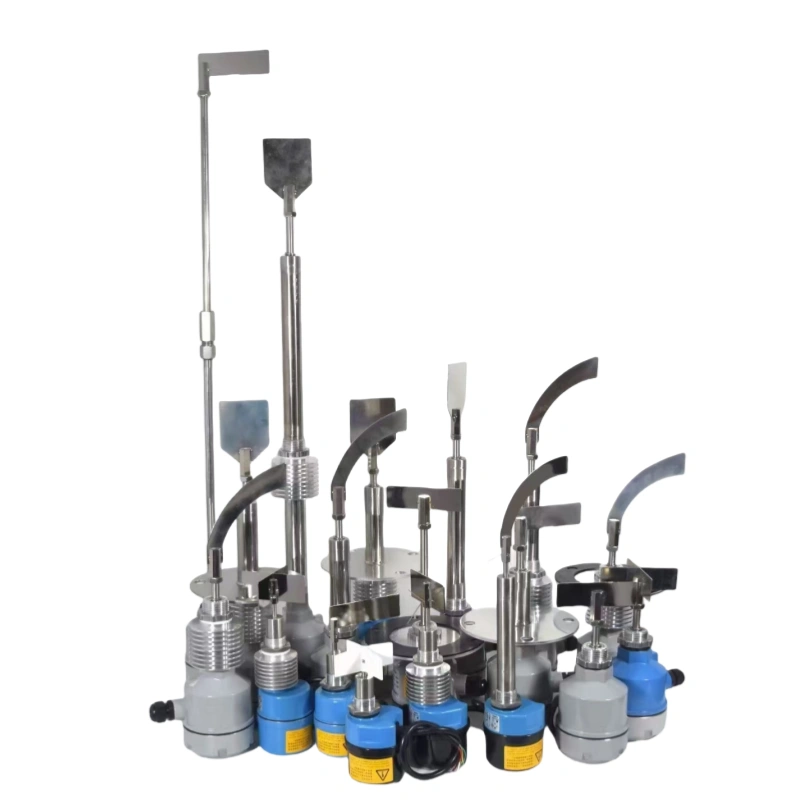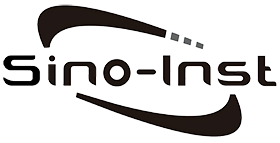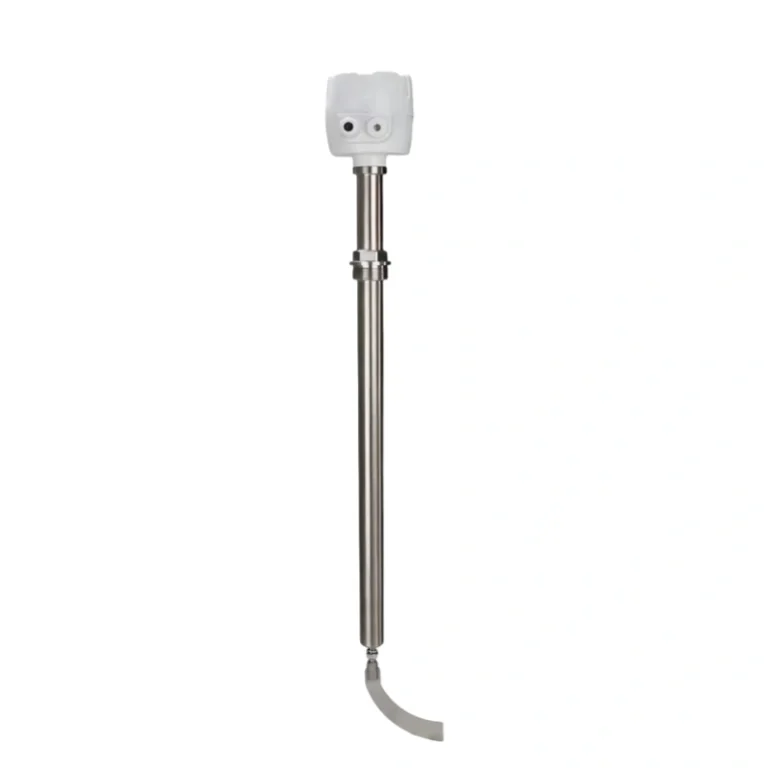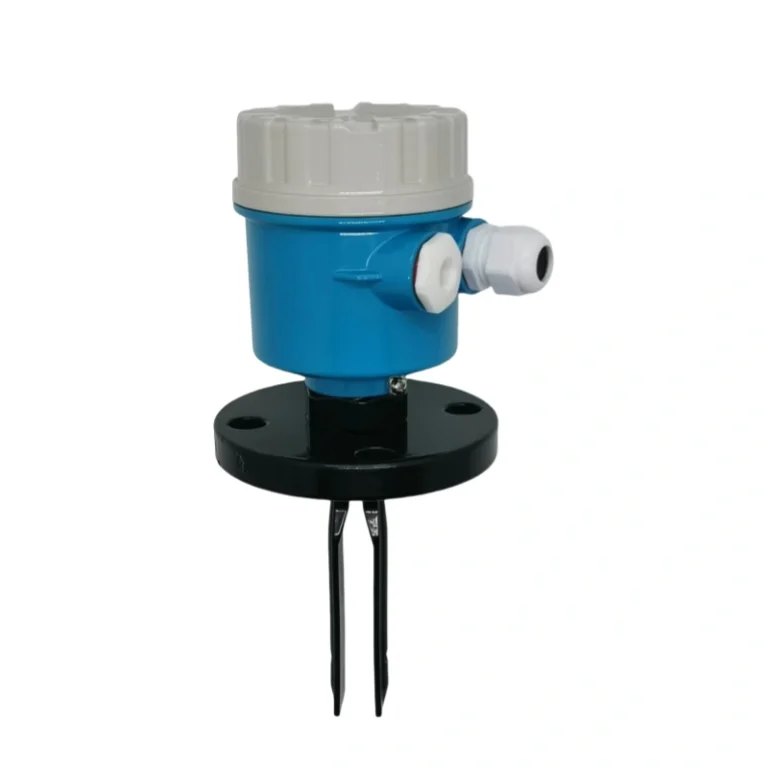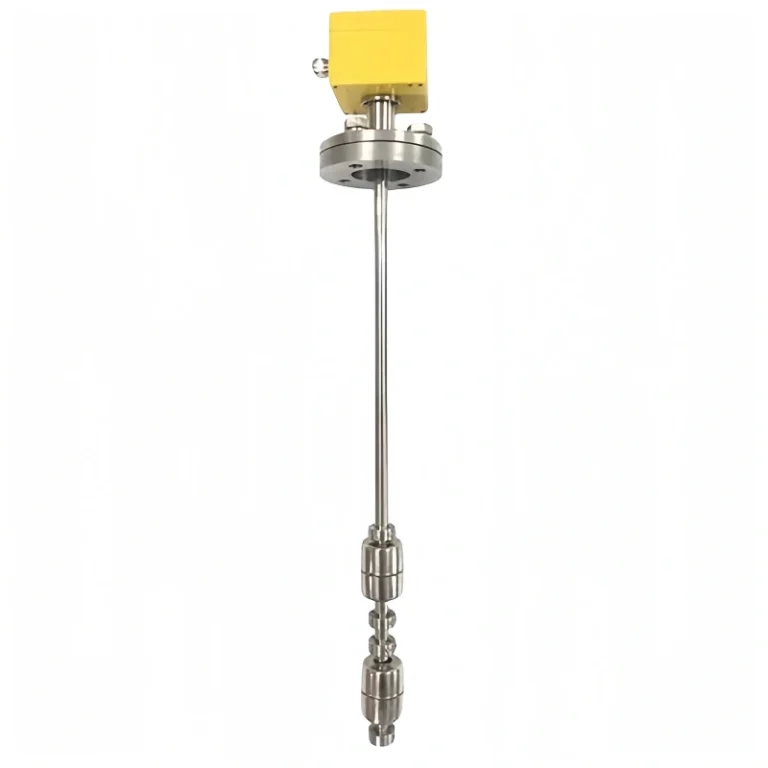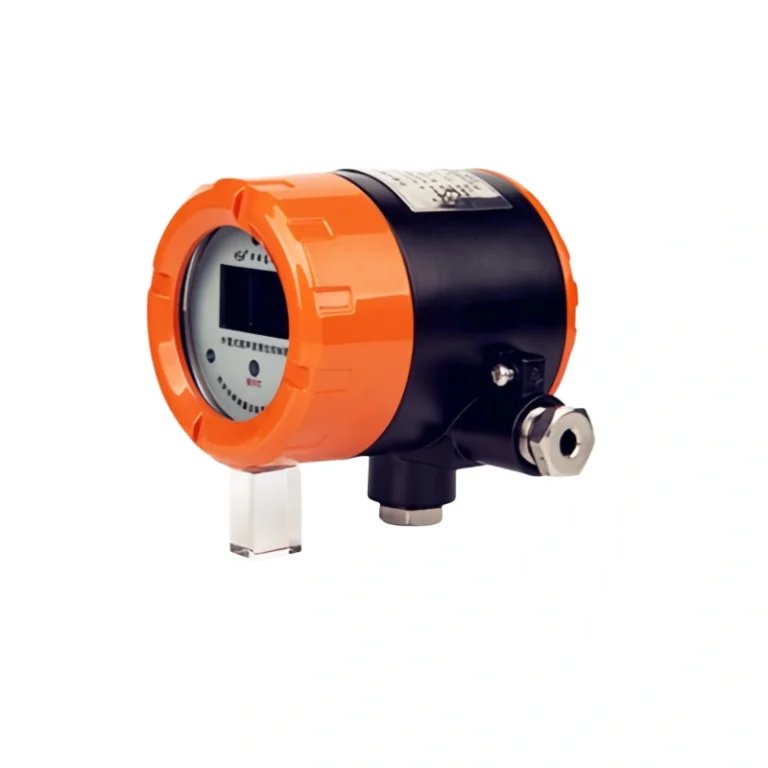Level Switches/Controllers
Level switch technology is used to measure the level of liquid or solid materials. It can detect whether a medium exists at a certain position in a container. Sino-Inst’s products include vibrating tuning fork technology, paddle technology and radar technology, suitable for all types of media. Typical applications of Sino-Inst level switches include high and low level alarms, pump control and pump protection, and overflow prevention.
- Vibration forks
- Capacitance level switches
- For use in liquids and solids
- High temperature
- High pressure
- Corrosion resistance
- Waterproof and explosion-proof
- High accuracy
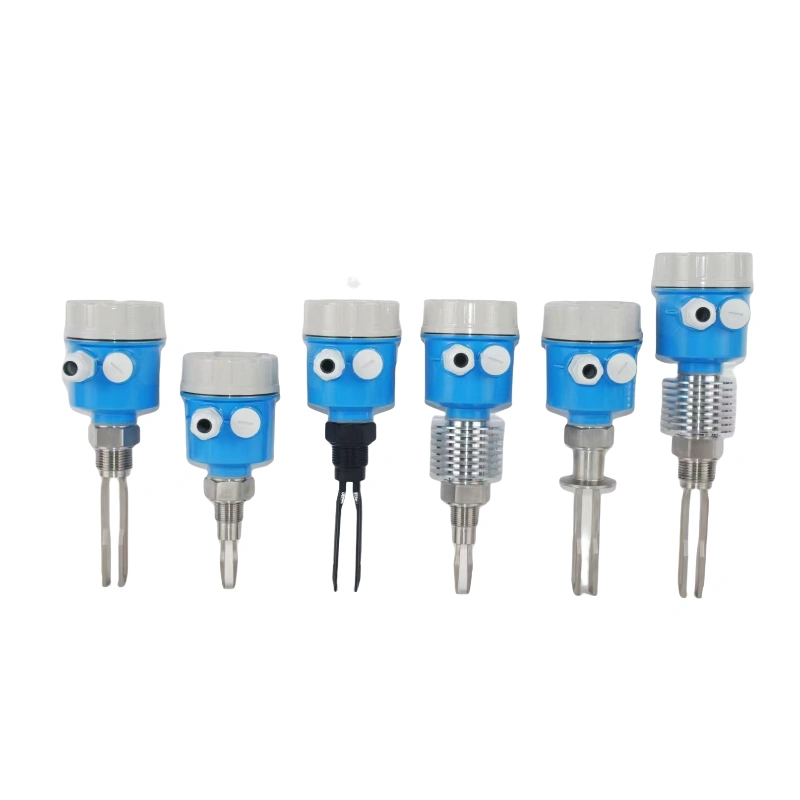
Level Switches Series
Level switches are mainly used to measure the high, low or intermediate levels of containers and tanks. The installation methods include thread, flange and clamp. It can be installed at the top, side and bottom of the silo. Its categories include rotary paddle level switch, tuning fork level switch, capacitive level switch and radar level switch.
We offer a full range of services. Here you can buy all measuring instruments in one place. We have affordable prices. Welcome to consult!
The level switch is suitable for the detection of various materials, including fly ash, particles, powders, liquids, viscous, conductive and non-conductive materials. It can work in high temperature (up to 800℃) and high pressure (up to 5MPa) environments, and is suitable for harsh places such as corrosion.
The level switch has a variety of probe rod forms and split installation forms, suitable for different on-site needs. In addition, it can also provide a 0-30-second delay function to eliminate the impact of material fluctuations.
Some types of level switches (such as tuning fork level switches) require almost no maintenance once installed because the detection process is completed by electronic circuits and there are no moving parts.
The tuning fork level switch is not affected by the electrical parameters and density of the measured medium, and can work normally under harsh conditions such as scaling, agitation, turbulence, bubbles, vibration, medium viscosity, high temperature, high pressure, etc., without on-site adjustment.
Why Choose Sino-Inst' Level Switches/Controller
Choosing Sino-Inst means choosing a partner who understands your needs and is able to help you meet the challenges of modern industry. We are not just a supplier, but a partner committed to your success. Sino-Inst has more than 20 years of experience in industrial measurement. Please contact us and we will give you the most detailed answer and the most reasonable price.
Sino-Inst’s liquid level switches support customization and OEM. We can meet your various needs.
Applications of Level Switches/Controllers
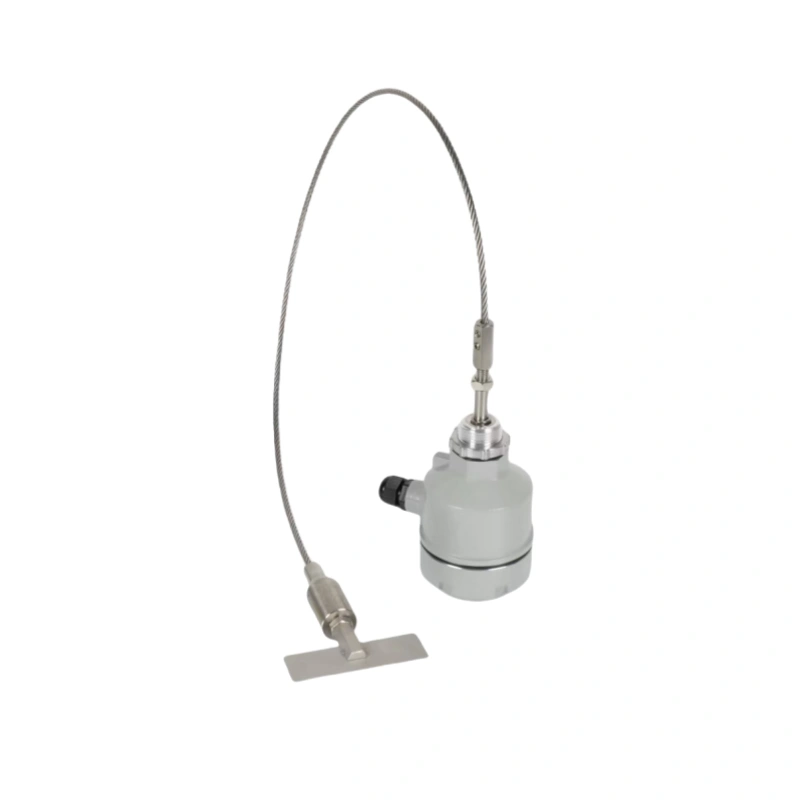
Food manufacturing and medicine
Level switches are used to monitor the position of materials. It ensures product quality and production efficiency.
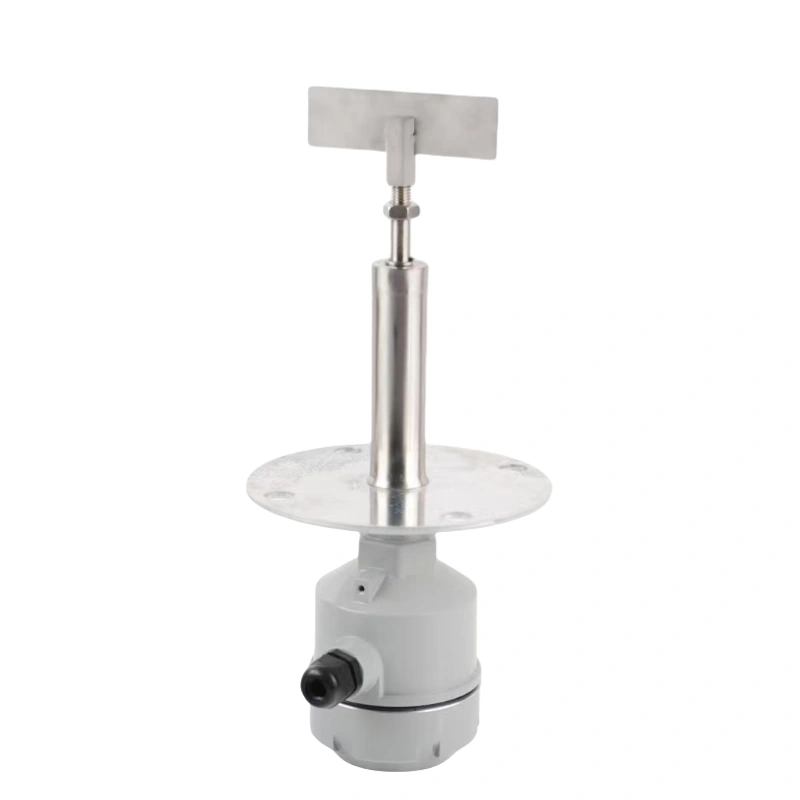
Industrial automation
Level switches can be used to achieve automatic control and management of materials.

Metallurgy and papermaking
Level switches are used to monitor the storage of raw materials or products.

Petrochemical
Level switches are often used to monitor the liquid level in storage tanks. It ensures the stability and safety of the production process.
More Information
Types of Level Switches:
A level switch is a switch used to control the level. It is mainly divided into contact type and non-contact type in form.
Contact type: float type level switch, electrode type level switch, electronic type level switch.
Non-contact type: ultrasonic level switch, radar type level switch. A capacitive level switch can be either a contact type or a non-contact type.
According to the working principle, it can be divided into:
Float level switch
Tuning fork level switch
Capacitive level switch
RF admittance level switch
Rotary level switch
Electromagnetic level switch
Electronic level switch
Photoelectric level switch
Radar level switch
Ultrasonic level switch
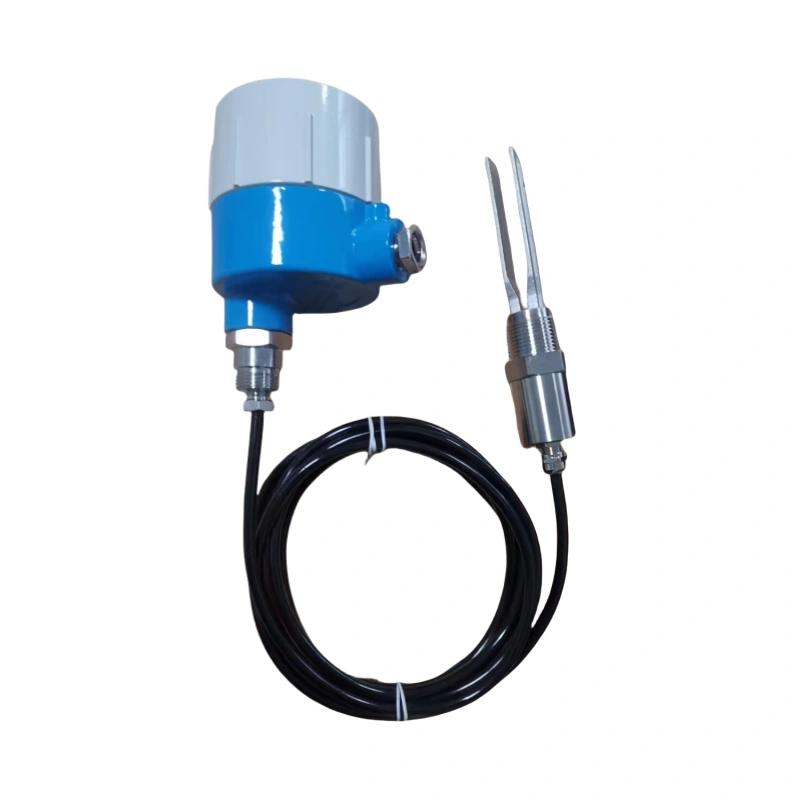
The Difference Between a Level Switch and a Level Sensor
The working principles of the level switch and the level sensor are basically the same. So sometimes they are often used interchangeably without distinction, but in fact the difference between the two is still very obvious:
1. The level sensor converts the level signal in the container into a switch signal or a voltage and current signal for output. And then processes the electrical signal through an external circuit, such as connecting to a PLC, a data acquisition device or a professional display to output the height of the level. So that the measurer can intuitively know the level in the container accurately.
The level switch is a controller that opens the valve for draining or inletting water according to the signal output of the level sensor to keep the water level constant. It can also be said that the level switch outputs a switch signal. The level switch must first determine the height of the level and output the switch signal based on this height.
2. The level switch is a switch control circuit, and the level sensor is equivalent to a circuit element for voltage and current conversion. In other words, if you want to measure when the reaches the level, use a level switch, and if you want to accurately measure the height of the liquid level, use a level sensor.